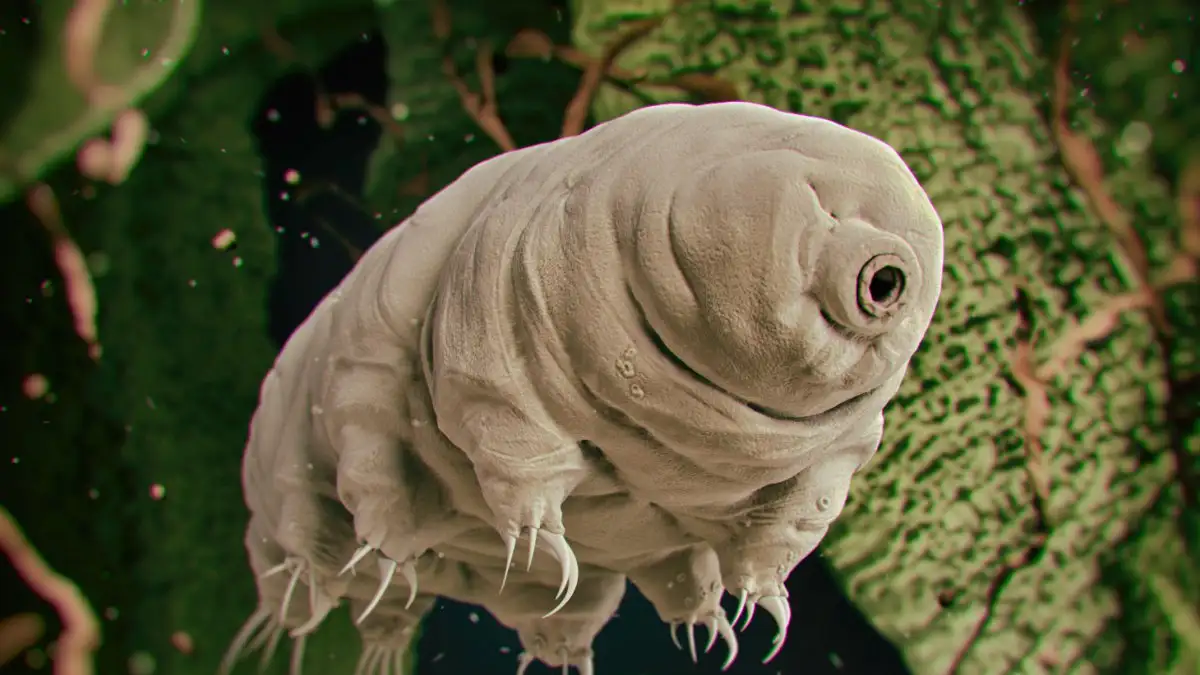An animal woke up after 24 thousand years. It was a surprising discovery for the researchers. We can consider this animal as microscopic organism. This tiny creature was found near a River in northern Siberia. It measures up to half a millimeter in length. Scientists first found this organism in 1696. It’s usually found in fresh water and has wheel-like parts near its mouth.

This organism has exceptional abilities. It can halt all its biological functions and survive in a dormant state. Scientists found evidence suggesting that it had been in this state for 24 thousand years.
This tiny creature managed to survive a decade at 20 degrees Celsius below freezing. This makes it a record-breaker in terms of its hibernation period. Interestingly, it can reproduce asexually, adding to its unique characteristics.
This remarkable organism’s ability to survive such extreme conditions for thousands of years has fascinated scientists. It has sparked interest in understanding how it manages to enter and exit this state of suspended animation.
Researchers are studying this organism to uncover the secrets of its survival mechanism. Understanding how it can withstand such long periods of dormancy could have implications for various fields of science, including medicine and space exploration.
The discovery of this ancient organism highlights the resilience and adaptability of life forms on Earth. It serves as a reminder of the incredible diversity and tenacity of life, even in the most extreme environments.
As scientists continue to unravel the mysteries of this remarkable creature, they hope to gain insights into its biology and physiology. This knowledge could lead to new discoveries and innovations in science and technology.
The story of this awakening organism captures the imagination and curiosity of people around the world. It underscores the importance of scientific research in uncovering the hidden wonders of the natural world.
Leave a Reply